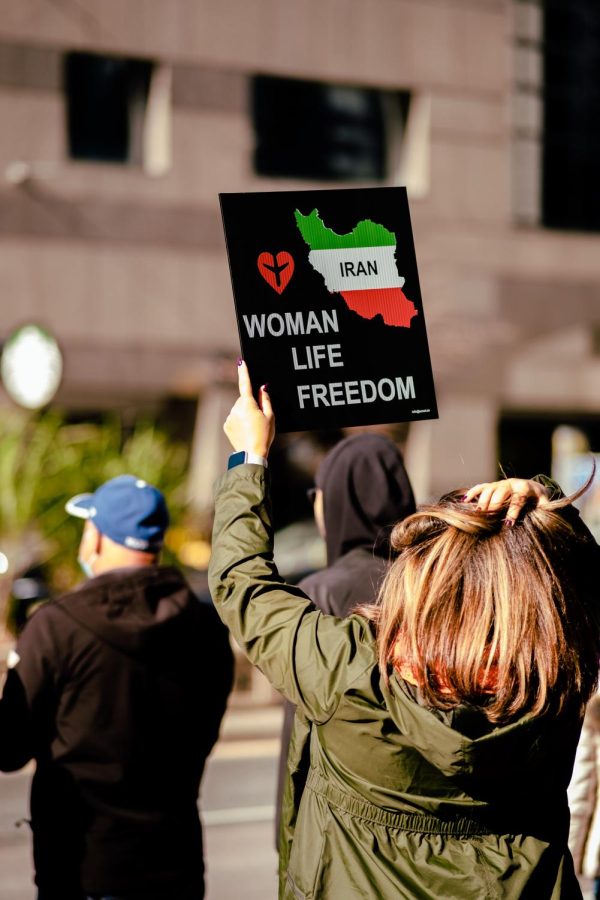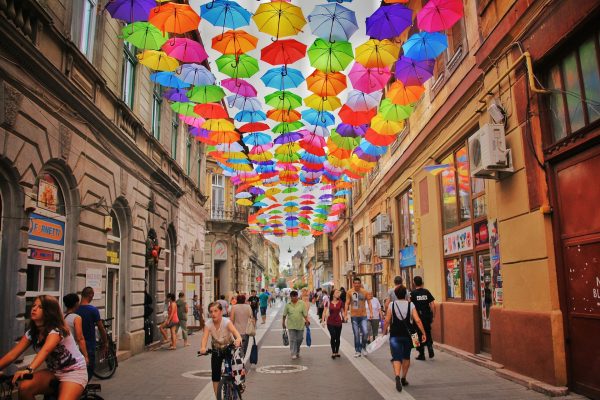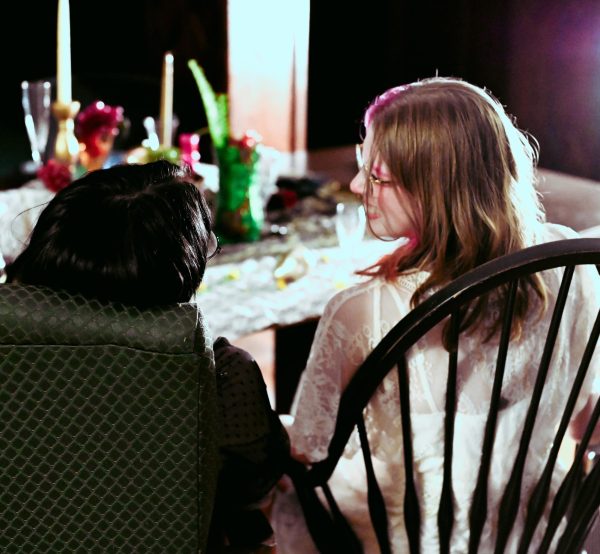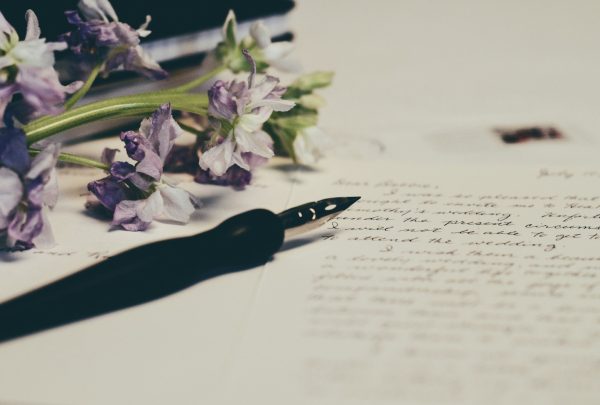The Iranian Women’s Revolution
While the privileged few deem it in an inherent human right, for some, freedom of choice is not granted but earned.
Throughout time, the suffocating hands of men have worked against womankind. With every near success for women, comes an equally powerful attack to tear them down. One would ignorantly believe that the fate of women is to live under a man’s thumb, but feminist movements throughout time have shown that that notion holds no merit. With recent violence transpiring against women in Iran, furious internet-users have flocked to the aid of Iranian women to vocalize their struggles through posts informing users of updates and videos from those experiencing these events firsthand. Those on social media may have glimpsed at the gender-based violence in Iran through videos and pictures, but few know the entirety of the situation, including its history. Here, we’ve compiled the facts, the context, and all that you should know about the Iranian Women’s Revolution to keep you informed.
While the privileged few deem it in an inherent human right, for some, freedom of choice is not granted but earned. The women of Iran have struggled tirelessly against an oppressive, patriarchal system in the name of egalitarianism. Along the path to women’s rights, many feminist milestones occurred that brought Iran glimpses of independence for those who have long been denied it.
In 1936, Tehran University became the first university in Iran to accept both men and women, marking a gateway towards educational equality for all.
Then 30 years later in 1963 came the suffragettes in their fight for the right to vote for all Iranian women. It was passed by the Shah of Iran—Mohammad Reza Pahlavi—who had a twin sister in the High Council of Women’s Organizations in Iran, named Ashraf Pahlavi. During this time, suffrage was extended to Iranian women. While this can be accredited to the Shah’s legislation, none of this was possible without the Iraninan Women’s Party, which the Yale Journal states was a group turned political party. In this organization, we saw women like Fatemeh Sayyah who confidently declared that women’s rights were not secluded to the upkeep of the house with the statement, “Where there are no rights there are no duties.” The past achievements of Iranian’s women are tantamount to their perseverance, but unfortunately, the battle for gender equality never ended. Women still lacked the right to choose, but why is that?
In 1979, the aftermath of the Islamic Revolution came, which caused the up and coming gender equality in Iran to regress. Iran’s then Supreme Leader—Ayatollah Ruhollah Khomeini—called for a mandatory hijab law (regardless of religious affiliation); a far cry from the former semi-egalitarian society, which required no veil.
In 1980, family prayer was segregated based on gender, and under no circumstances was it allowed for a man and woman to pray in the same room.
Later in 1981, the Islamic Law of Retribution declared that those who were in violation of dress codes or committed adultery amongst other acts could be subjected to stoning, flogging, or the payment of blood money. In family matters, men were now able to divorce easily from their wives—unlike women who were only allowed to do so under certain stipulations if they were outlined in their marriage contract—and men gained the sole custody of children upon divorce. Women no longer had the right to have custody of their children in those cases. And amongst the decline came the harrowing legislation that reverted the legal marriage age for women from 18 to 9 years old—the beginning of puberty for young girls according to Islamic Law.
With the integration of theocracy came the limitation of women’s personal liberties and human rights. These became less harsh under the election of president Rafsanjani, which saw an uptick in women’s enrollment in university as well as birth rates. According to the Iran Primer, “New reforms allowed women to initiate divorce proceedings and lifted restrictions on female employment in engineering and legal work,” and abortion was legalized in the instance when a mother’s life was threatened. Women ran for parliament and 13 out of 270 seats were won amongst the many who ran. And later, President Mohammad Khatami raised the legal marriage age for women to 13.
Mahmoud Ahmadinejad, however, became the next president and called for more strict gender roles in Iraninan law. Women were banned from majoring in computer science, political science, engineering, and other male-dominated fields. In parliament, only 9 women won out of 270; a decline since the former 13 that was seen in Rafsanjani’s presidency. Some improvements were made under Rouhani’s time in office, but gendered restrictions in Iran’s society were still evident. This brings us to modern day Iran.
The Start of the Revolution
On September 13th, 2022, 21 year old Kurdish woman Mahsa Amini—Kurdish name, Jina Amini—died after being detained in Tehran by The Guidance Patrol, or Iran’s morality police, for not wearing her hijab according to dress code. Shortly after, she was beaten with a baton and slammed into a vehicle by those who arrested her before succumbing to a coma and dying 3 days later on September 16th, 2022. Authorities claim her death was due to natural causes unrelated to her arrest, but her family has argued otherwise; her uncle and father stated she had been healthy before then. Her uncle later commented to Iranian opposition media upon learning of his niece’s passing, “The cause of the accident is clear as day. What happens when they grab girls and stick them in the car with such ferocity and terror? Do they have the right? They know nothing about Islam, nor humanity.”
A highly edited video of Amini fainting in custody was shown as evidence to authorities’ claim that she was ill and fainted, but many knew it was illegitimate due to the persistent jump cuts and lack of clarity. Colonel Ahmad Mirzaei was said by numerous media outlets to have been suspended pending an investigation, but Iranian police have come out claiming this report to be false. Amini was buried in Saqez following her untimely passing, which many protestors attended shouting “Death to the dictator” in reference to current Supreme Leader Ayatollah Ali Khamenei, who has held power since 1989. Women amongst the crowd of protestors removed their headscarves to reveal their hair, showing solidarity and pushing back against the dress code. Authorities in Iran took to violence as means of dispersing the crowd, firing teargas and pellet guns at participants. On September 18th, protestors gathered once more shouting “Death to Khamenei” before internet service for cell phones in Iran was cut. Women have begun to cut their hair and men shave their beards to show their support for Amini, but the fight still continues.
It was unknown at the time of her arrest that Amini was Kurdish, but following her detainment, the police were made aware. Dr. Johnson, Associate Professor of Public Health at Stetson who is from Iran, informed me of the discrimination against Kurdish individuals in Iran, stating that “Her passing outraged the people of Kurdistan as they rightfully perceived this as another instance when the life of Kurdish people does not matter to the regime.” Amini’s identity as a Kurdish woman has been speculated to be a contributing factor to the morality police’s aggression. Her passing served as a reminder of the violence against women in Iran, and made many outsiders aware of the presence of morality police.
What are the Morality Police and are They Islamic?
The morality police became a separate entity in Iraninan law in the 1990s as a means of maintaining Islamic dress code in Iran, especially amongst women. According to the BBC, “Surveillance cameras were introduced to help spot unveiled women, and a mandatory prison sentence was introduced for people opposing the hijab rules on social media.” Dr. Johnson recalls actions from the morality police during her time living there.
“When I was growing up, they could also raid people’s houses for having mixed-gender parties, they could arrest young girls and boys if they were seen dating in public and many more strict rules” she said. This and the upholding and monitoring of dress code are two self-appointed responsibilities of the morality police. Their presence consumes Iran, threatening the safety of Iranian women, though the most surprising part of this whole thing…the morality police do not exist in the Quran. Instead, they’re appointed by the government as a social measure.
According to The Real Jihad’s article “Are Morality Police Islamic?” by Anne Speckhard: “There is no specific dress that a Muslim is obliged to wear, as dresses are related to the norms of the society, and these norms represent the identity of that society.” Thus societal identities are responsible for determining clothing norms, however, as Speckhard goes on to state, “Compulsion is prohibited in Islam.” One thing that Islam states is the freedom of choice and how no one has the right to take that away from anyone. Noureen Saeed ‘24—an international student from Egypt who identifies as Muslim—enlightened me to the fundamentals of Islam that are often overlooked.
“So the name Islam means to ‘surrender to God,’ and it’s based on individualistic belief, and individualistic worship, but also collectivism, but collectivism in the sense that we all get together and do these individualist actions together” she said. Part of these collective actions is the practice of modesty, which for women, includes the bearing of a veil or a hijab.
Saeed explains that “Part of the hijab, when you choose to wear it, you are saying that I’m going to be a better person, with my values, with my actions, and with my relationships with people,” and that this action is very personal and “cannot be forced.” She adds that “Islam says, not [to] force anyone to pray, or to wear the hijab, because if you force someone to do a relationship that’s built on love and trust, then this relationship is devoid of love and trust, and it’s pointless.” Thus a hijab holds great religious and spiritual significance, and just as with any choice in life, must be made by the individual alone.
These bodily restrictions for women are not unique either, “A lot of other countries, for example, the one child policy in China, they’re controlling their bodies” Saeed states. When asked whether the incidents in Iran are related to Islam, Saeed said no, articulating that “it is part of the regime’s idea of trying to keep everything under control, and they just use religion in that name,” and that this isn’t the only case of that occuring. “There have been extremist groups in other religions, using the religion as a means to justify the ends, I think that’s just another case of that” she said. Dr. Johnson attests to this: “Given that Iran follows Shiite denomination, we have no example of Imam Ali, who is the only Imam of Shiites that governed, policing people’s behaviors in such manners. What we see here is gross abuse of religion to exercise power over people.” The morality police are not indicative of the truth of Islam. Not all Muslims are religious extremists, which is the same amongst all religions, so we should not compare the actions of the few to the reality of the many.
“Part of the hijab, when you choose to wear it, you are saying that I’m going to be a better person, with my values, with my actions, and with my relationships with people,” and that this action is very personal and “cannot be forced.” — Noureen Saeed ‘24
Many Iranian people agree with the aforementioned statements about the reality of Islam and the misuse of religion in the name of violence. Women and men in Iran are risking their lives to combat the harmful effects of this abuse of power, and these protestors show no signs of slowing down their revolt against these injustices.
Religion is often used as a tool to wield against those with dissimilar faiths or ways of life, and the morality police’s extreme use of violence against Iranian women speaks to the extent that some will go for their beliefs. Amini’s death is a horrific reminder of the violence perpetrated against women, particularly in Iran. The revolution aims to stand for all women in Iran, and it should serve as a motivator for those globally to act against misogyny and discrimination wherever present. Let’s remember Mahsa Amini and the protestors wrongfully killed for their activism. We should all strive to fight against any wrongdoings the way that Iranian women have.
Woman, Life, and Freedom.
















